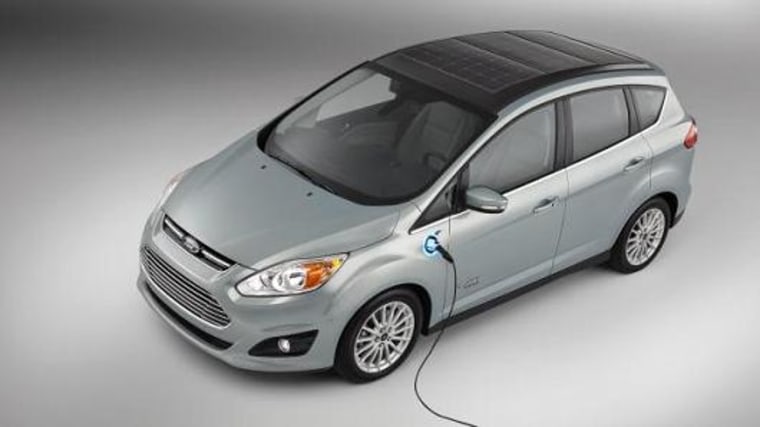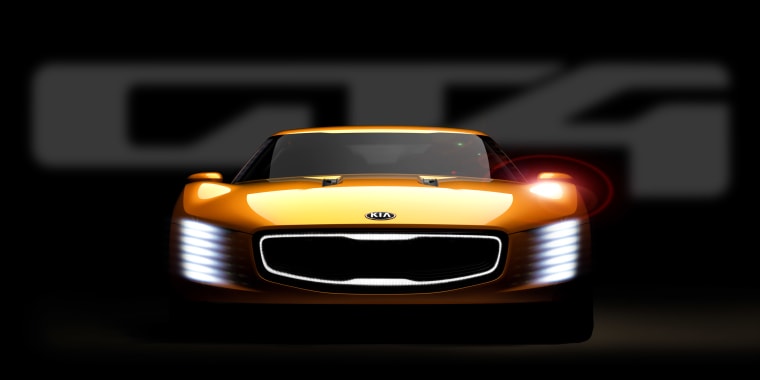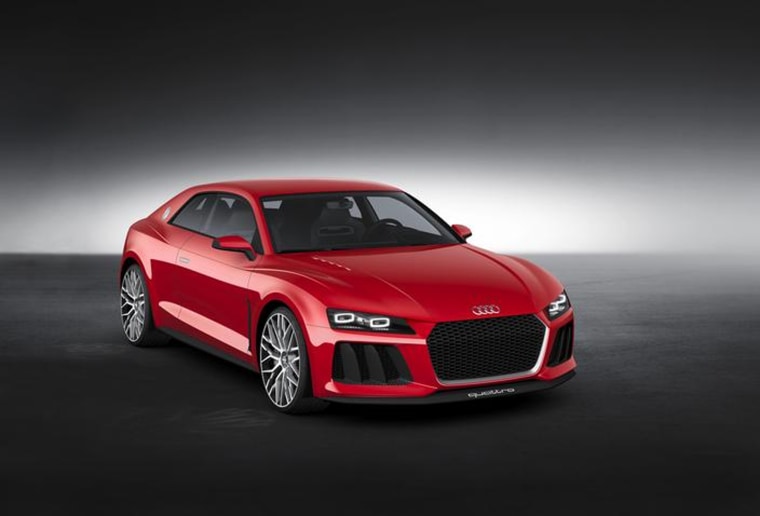Audi will light the way for an increasingly high-tech auto industry next week when it introduces its Sport Quattro Laserlight concept vehicle at the annual Consumer Electronics Show in Las Vegas.
The CES extravaganza has traditionally been the place where techies track breakthroughs in TV, smartphone and computer technologies, but in recent years, there’s been an increasing focus on the automobile – and no wonder, considering some of today’s cars are likely to have more microprocessing power than the most sophisticated homes.
Technology is transforming virtually every aspect of the automobile, from engines to headlights – and even the mundane windshield wiper. Some of the year’s biggest breakthroughs will make their debut at CES and the 2014 North American International Auto Show, or NAIAS, that follows barely a week later in Detroit.
The Audi Sport Quattro Laserlight offers a good example of just how broad the automotive tech revolution has become. Its muscular yet windswept body was developed entirely on a computer-aided design system that can not only simulate high-speed airflow but even different crash scenarios. Its drivetrain is a plug-in hybrid that even while producing a jaw-dropping 700 horsepower is expected to yield as much as 94 miles per gallon and 31-mile range on battery power alone.
And its headlights combine state-of-the-art LED low beams with even more advanced laser high-beams that, Audi claims, yield “approximately twice the lighting range and three times the luminosity of LED high beam lights.” That translates into a light beam that can light up an obstacle nearly a third of a mile ahead.

With tough new mileage standards rapidly approaching in 2016, and even more stringent rules set for 2025, some of the biggest technological developments are taking place under the hood. Virtually every major automaker now offers at least one conventional hybrid vehicle, and a growing number are rolling out new plug-in and pure battery-electric vehicles.
Ford will bring to CES its prototype C-Max Solar Energi, a version of the plug-in “people-mover” now in dealer showrooms. In this case, however, the maker says buyers would be able to ditch the plug thanks to a new “concentrator” technology that could boost the amount of energy harvested from the sun and used to recharge the show car’s batteries.
At the Detroit auto show, meanwhile, Toyota will stage the North American debut of its new fuel-cell vehicle prototype. A production version of the hydrogen-powered vehicle is scheduled to go on sale in 2015 – though Hyundai plans to beat the Japanese giant to market with a fuel cell version of its Tucson crossover set for launch this spring.

Even the conventional gasoline engine is undergoing a transformation thanks to new and improved technologies like direct injection and advanced turbocharging. Kia will bring to Detroit its GT4 Stinger, a concept sports car whose tiny 2.0-liter engine will produce as much horsepower as a V-8 twice its size – while sipping far less fuel.
Expect to see plenty of new safety technology debut this year, much of it the precursor to the autonomous vehicles makers like Nissan, Ford and General Motors are promising to put into production by the beginning of the next decade. Forward collision warning systems will be on a record number of vehicles on display in Detroit – more and more capable of stopping a vehicle entirely in a traffic jam, or if a potential collision is spotted.
The new 2015 Hyundai Genesis will add a novel system designed to detect when there’s a build-up of carbon dioxide in the cabin, which might cause a motorist to get drowsy. The system will automatically vent the cabin if CO2 levels get above 2,500 parts per million.
There’ll also be plenty of new technology at a motorist’s fingertips. Manufacturers are promising to reveal an assortment of updated infotainment systems at both the CES and NAIAS. Expect to see more vehicles – including a wide range of new Chevrolet models -- offered with in-car 4G hotspots that can increase data access, a great way to keep kids occupied on long trips or to yield faster access to e-mail, music and other online services. Among other things, makers plan to provide access to an increasing number of smartphone apps, such as the Pandora and Stitcher music services.
Even the most mundane features of a car are being touched by this high-tech revolution. Ford’s C-Max introduced a system that can detect a motorist’s foot waggling under the rear bumper and pop open the hatch. With the new Hyundai Genesis, you’ll only stand near the trunk with keys in pocket for a few seconds for it to open up.
Meanwhile, Mercedes and several other makers are taking the windshield wiper high-tech to improve their ability to keep the glass clear. In fact, the wiper might soon disappear entirely. Britain’s McLaren hopes to adopt a system developed for military jets that use sonic waves to clear the windshield. And Italian design house Pininfarina has a concept car dubbed Hidra that uses a special, multi-layer coating that repels both water and dirt, which it says could be in production within a few years.
